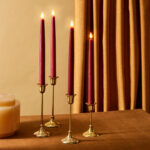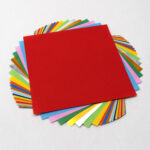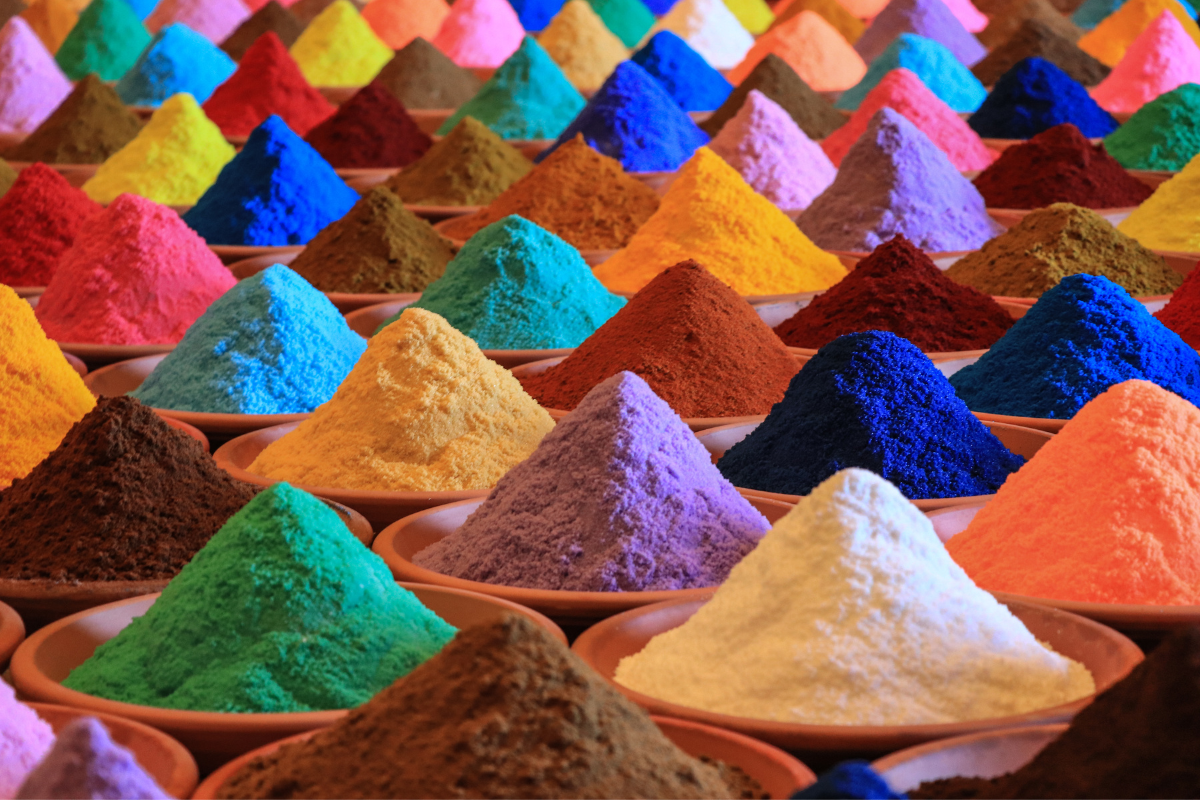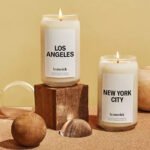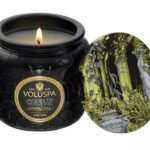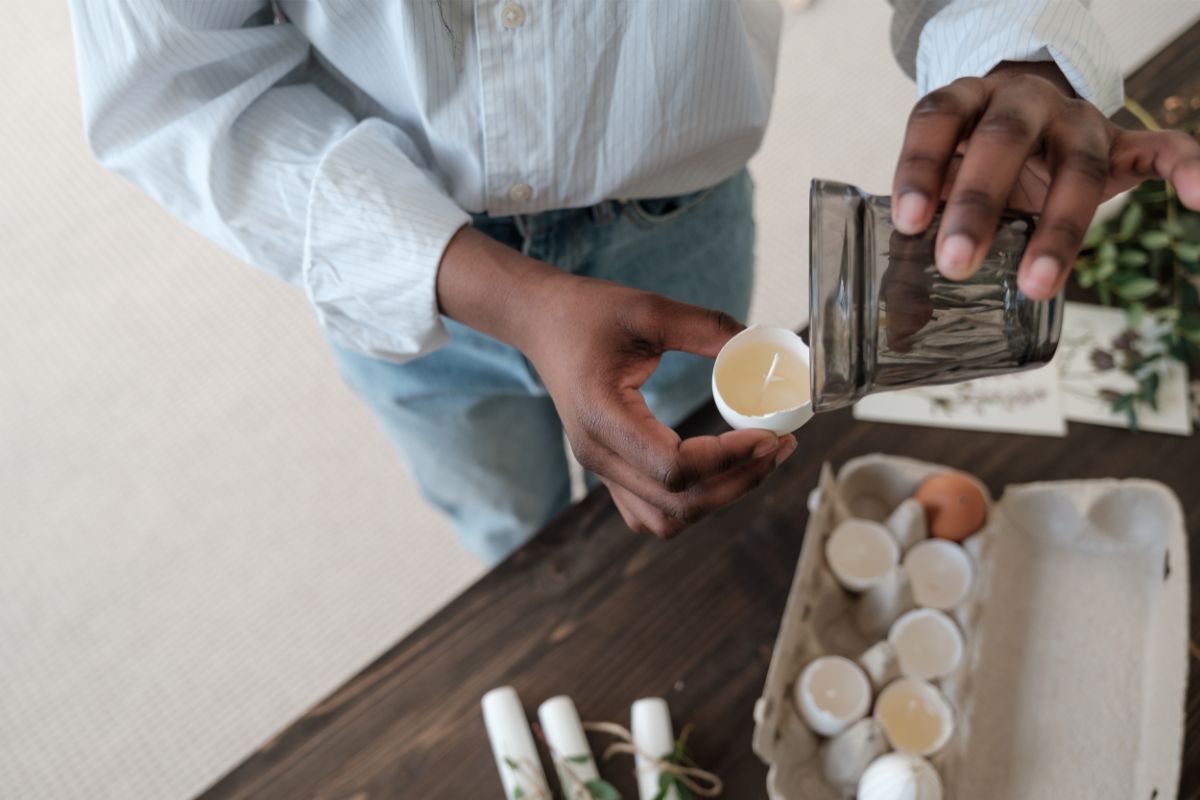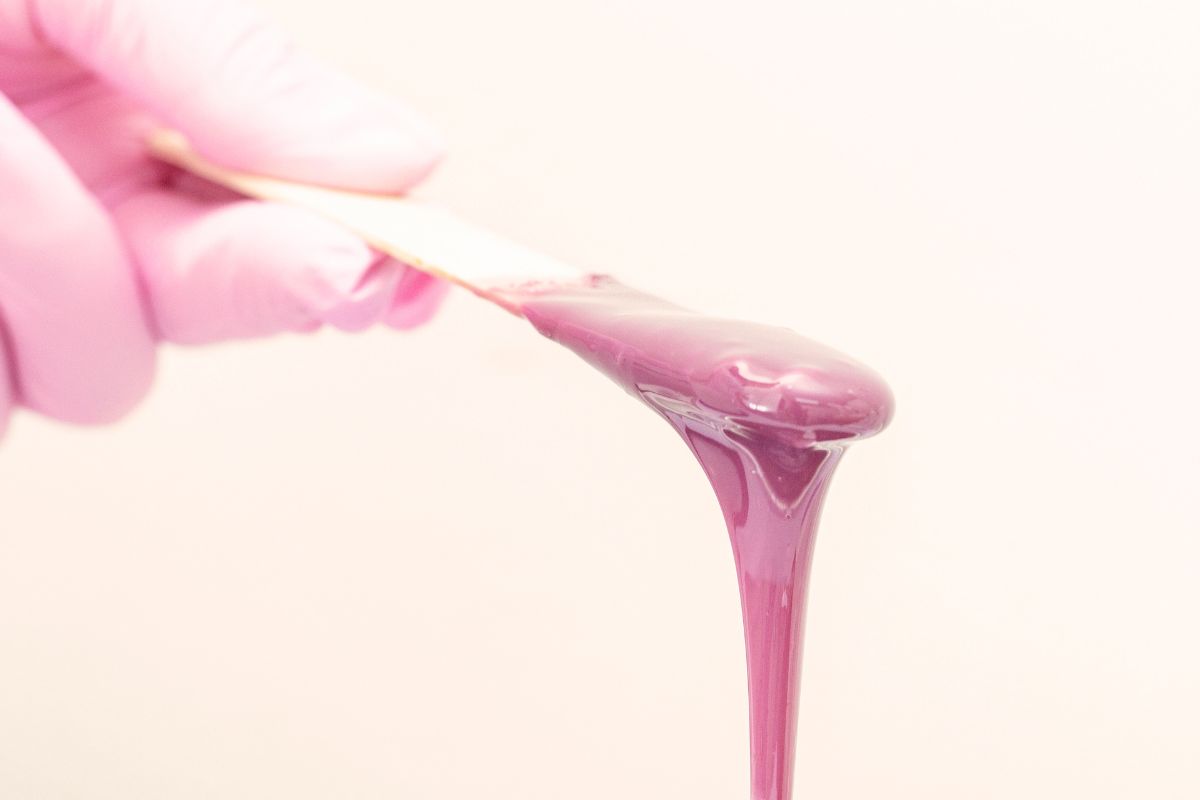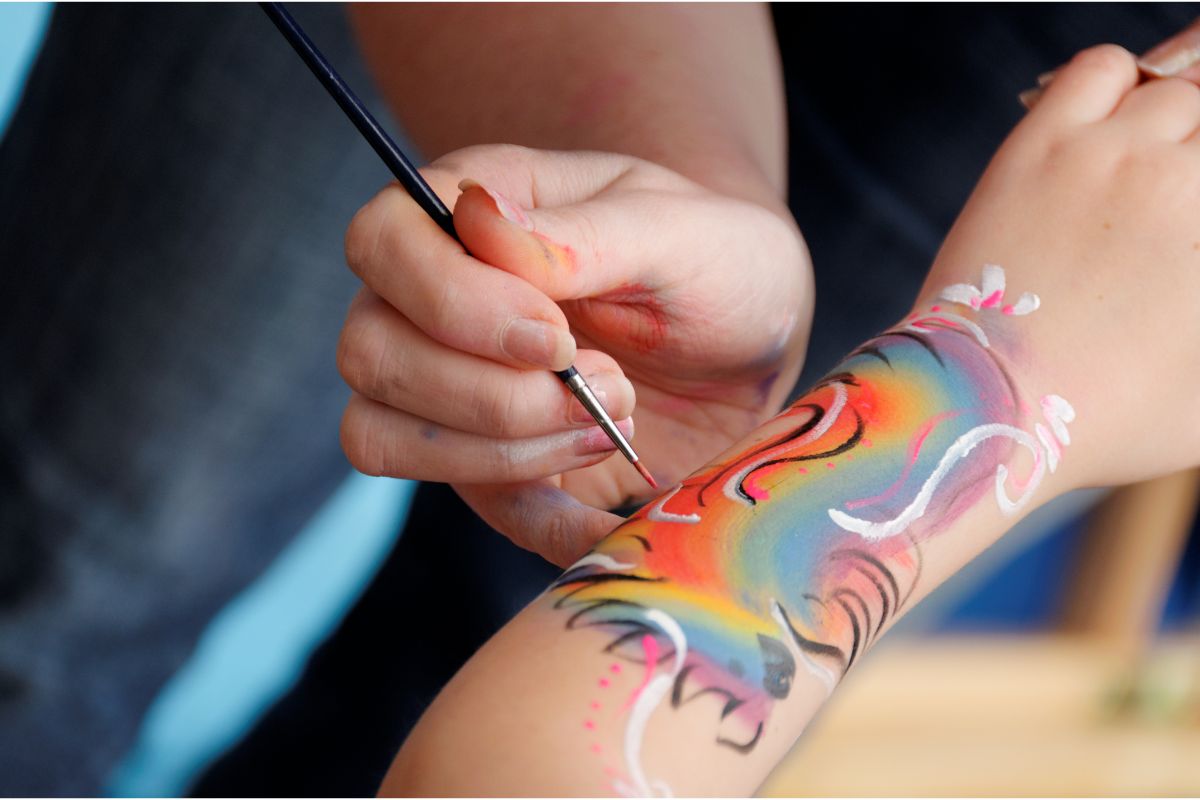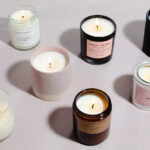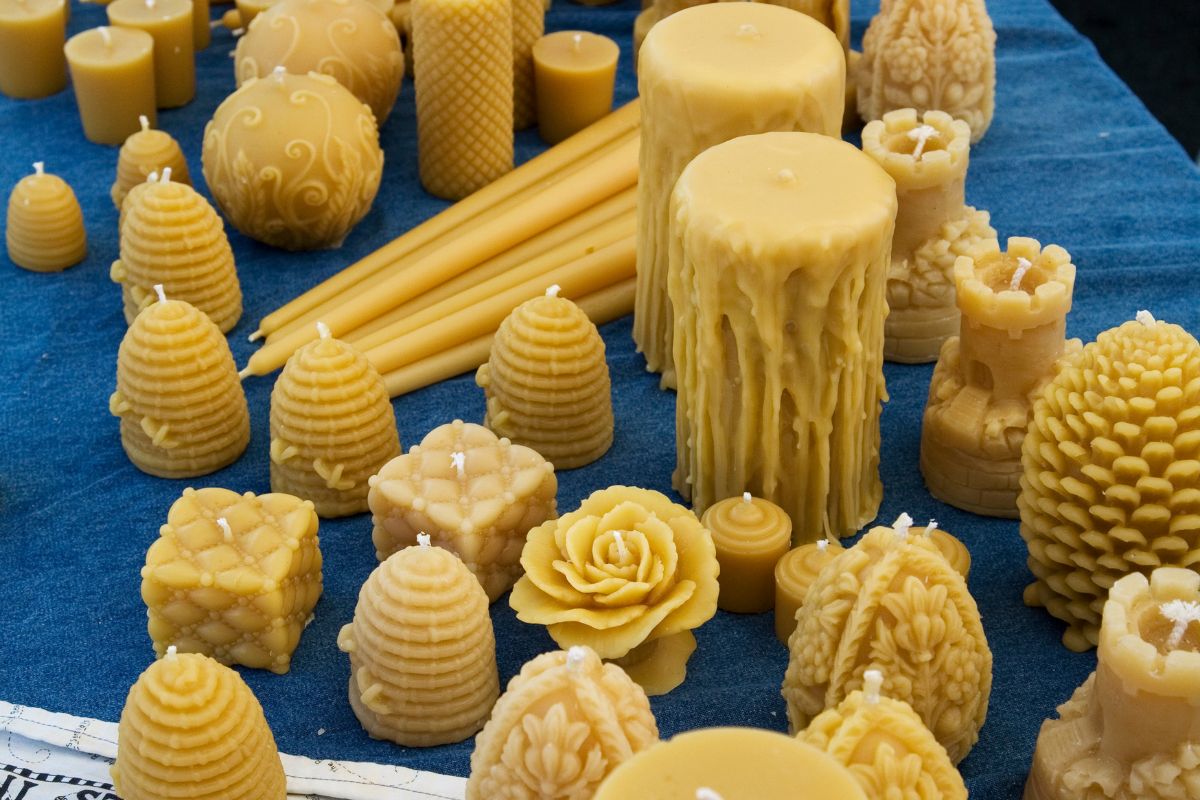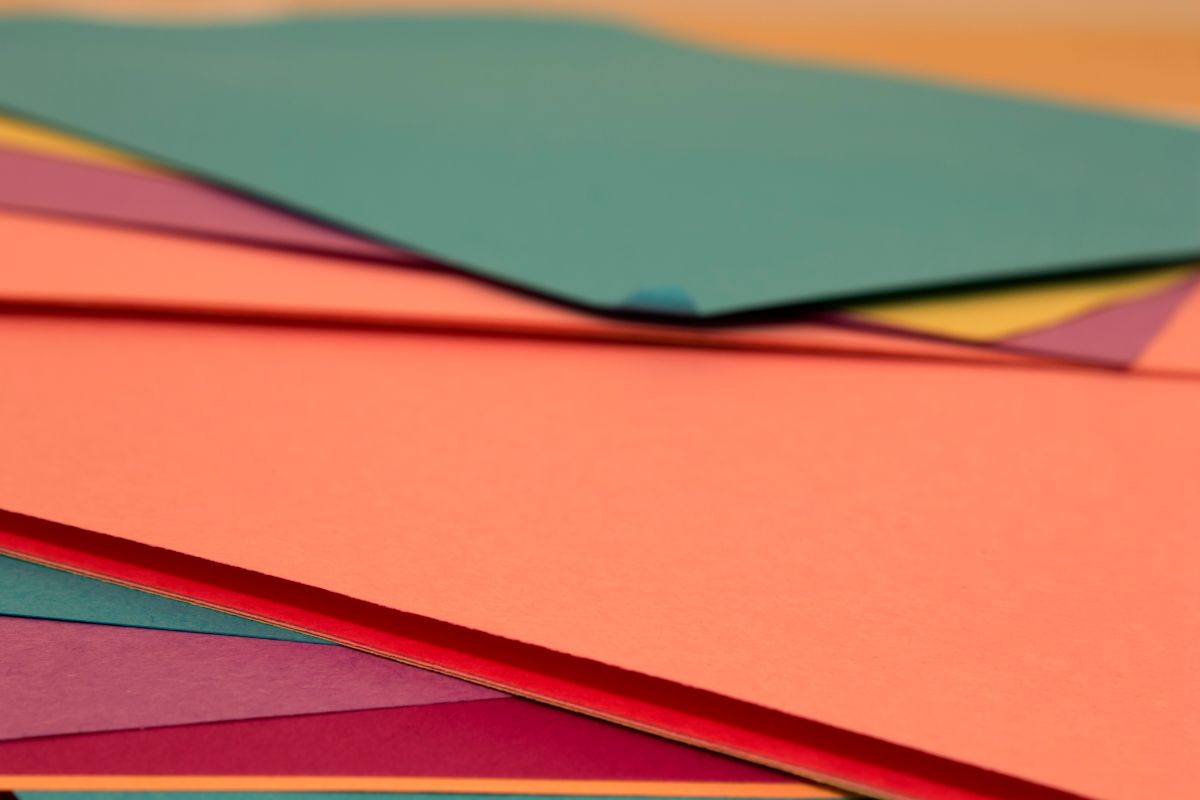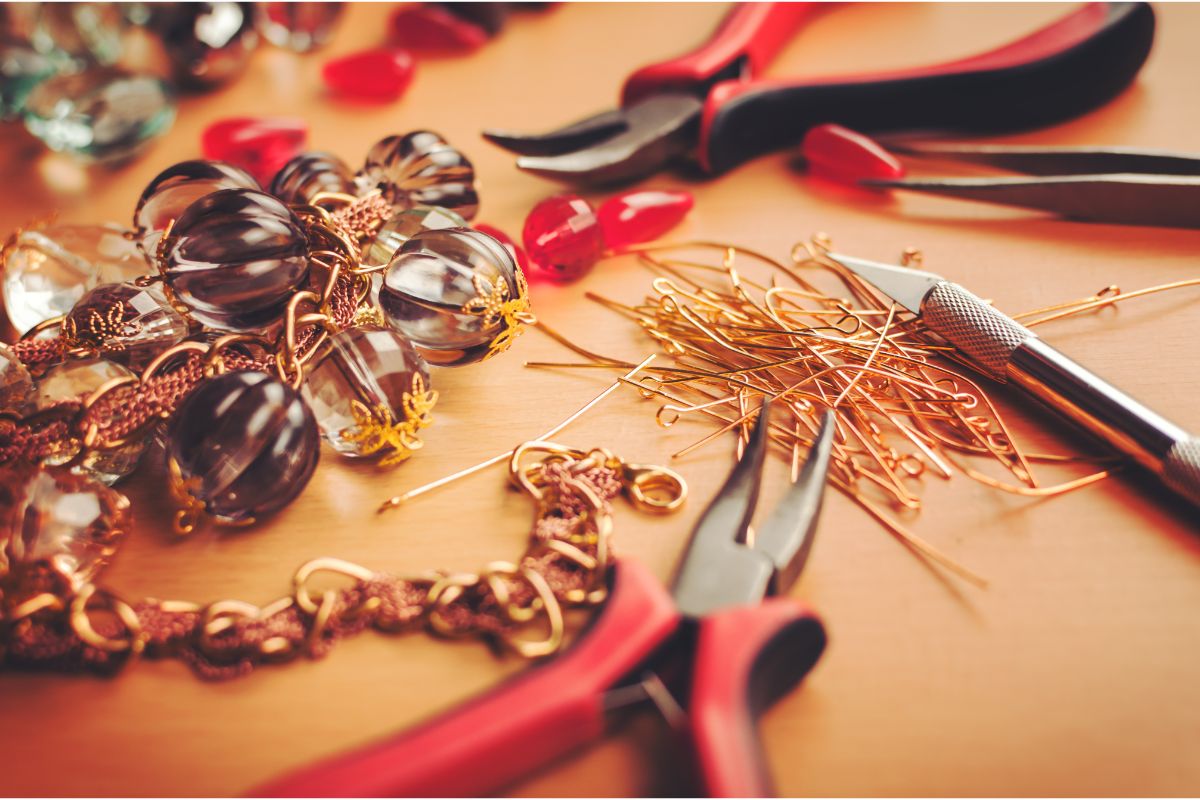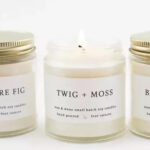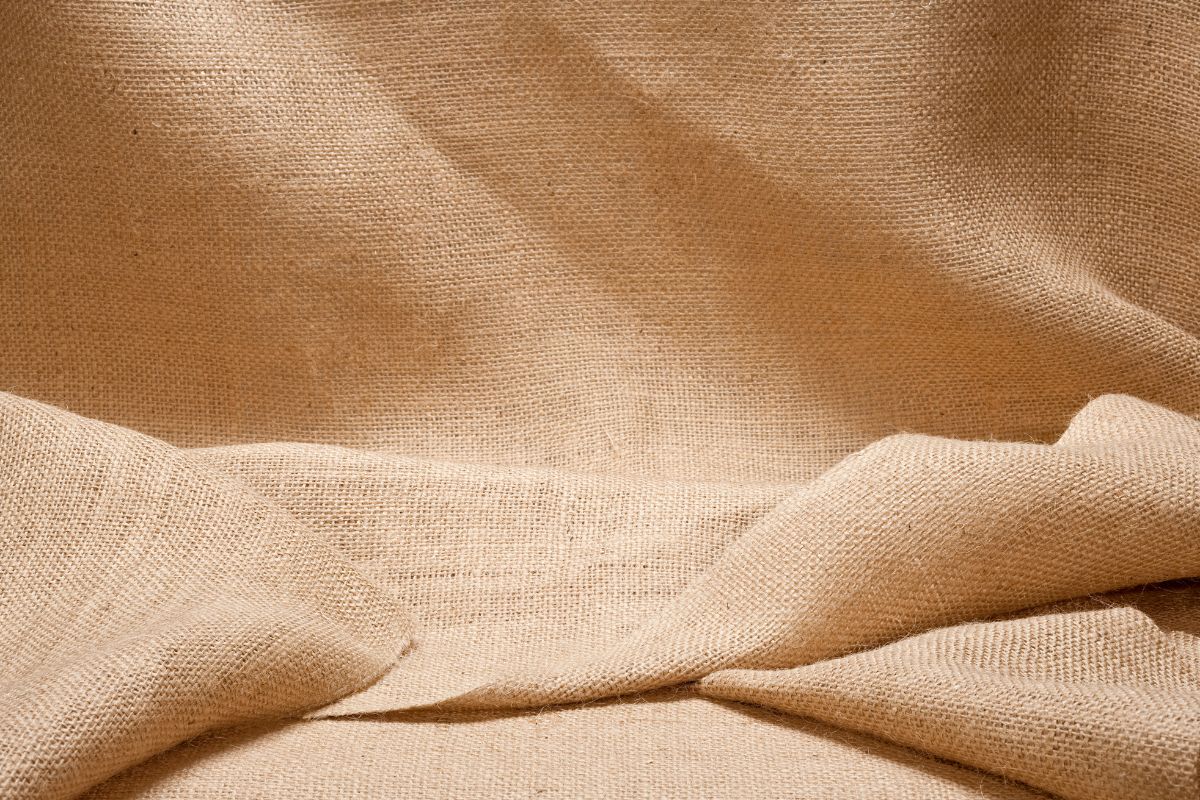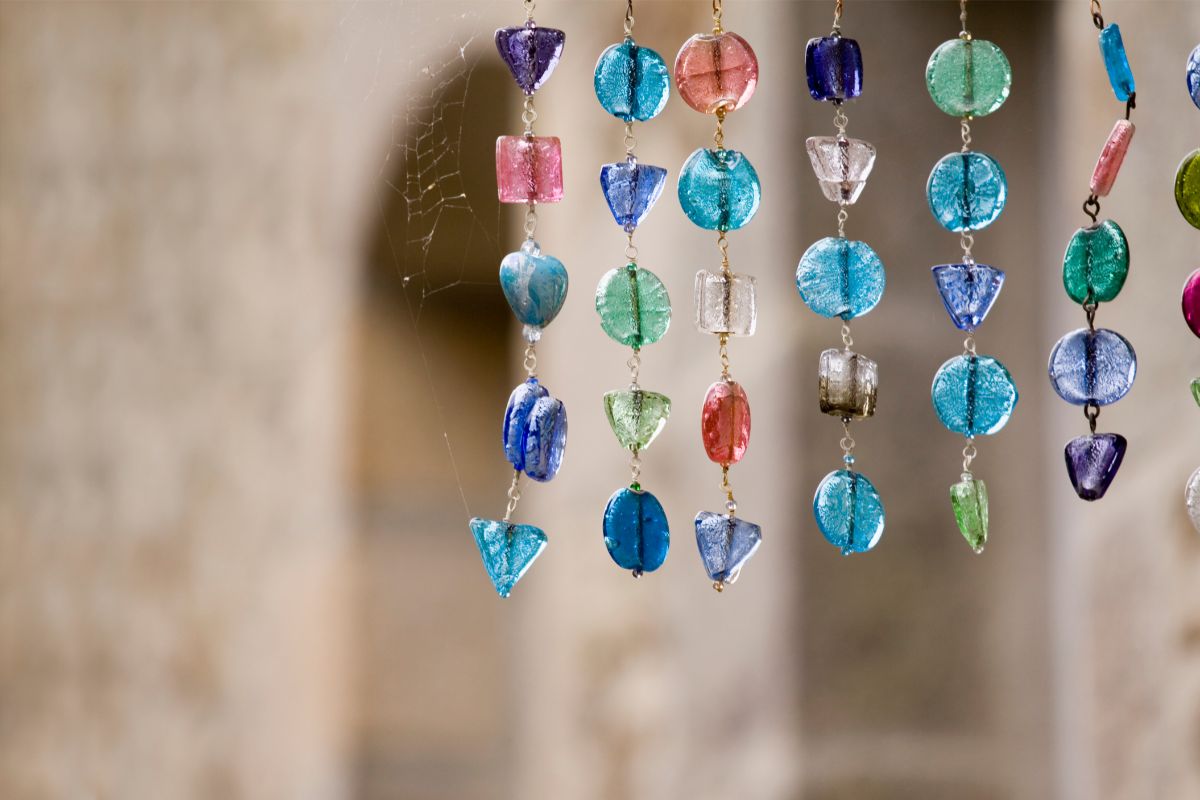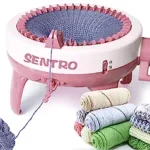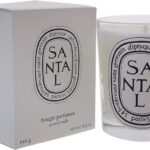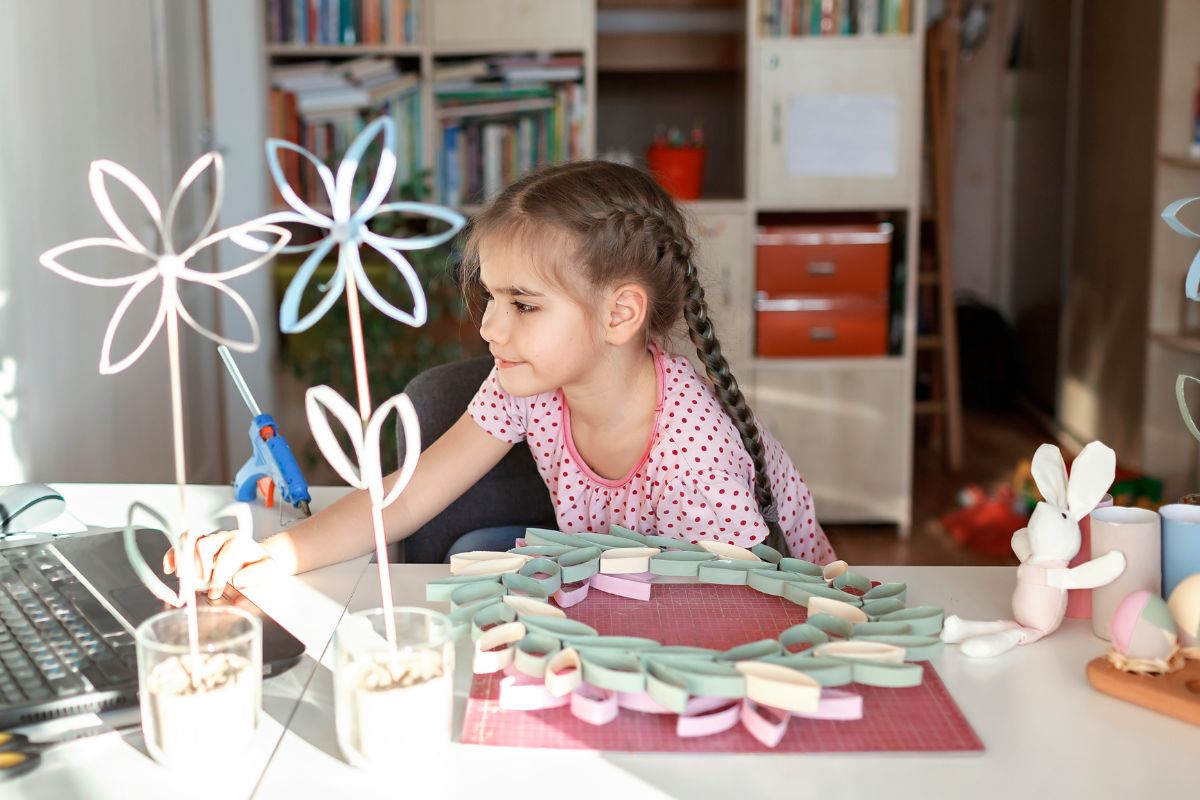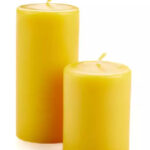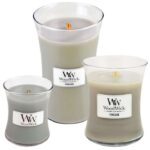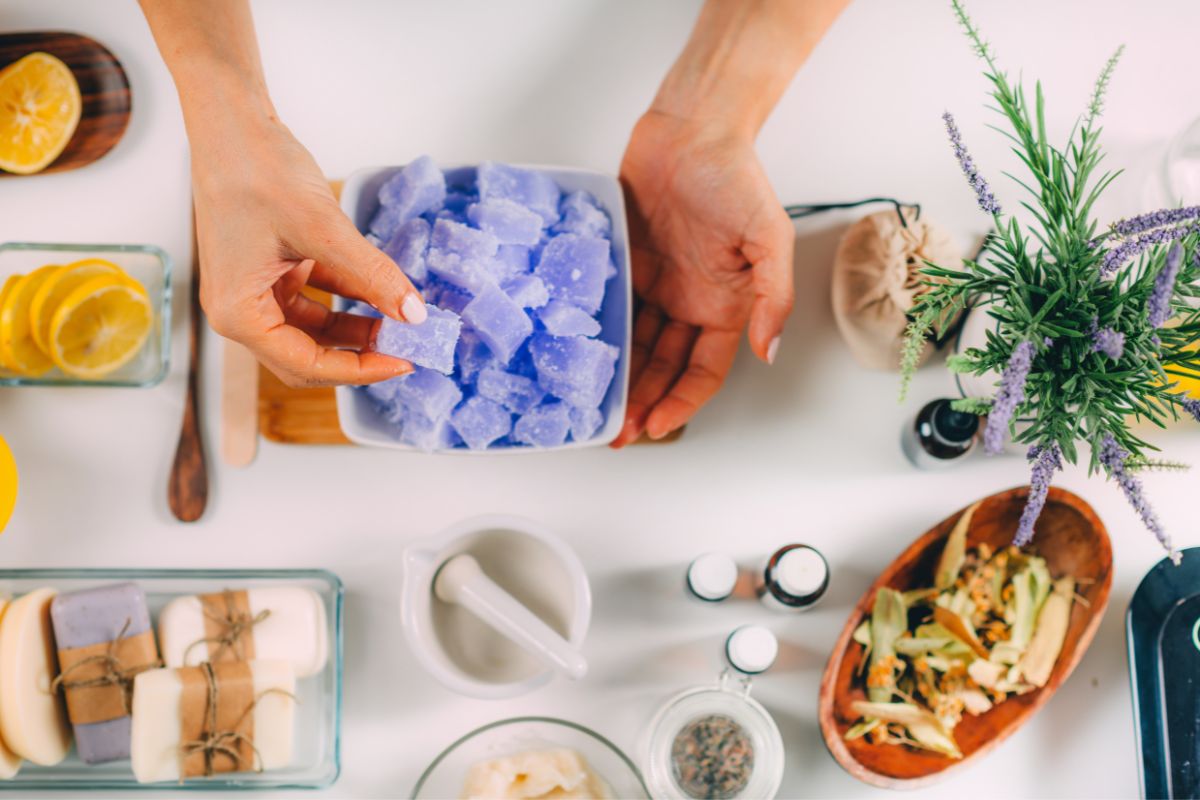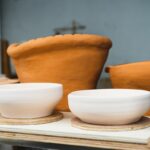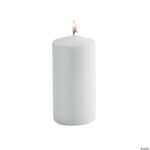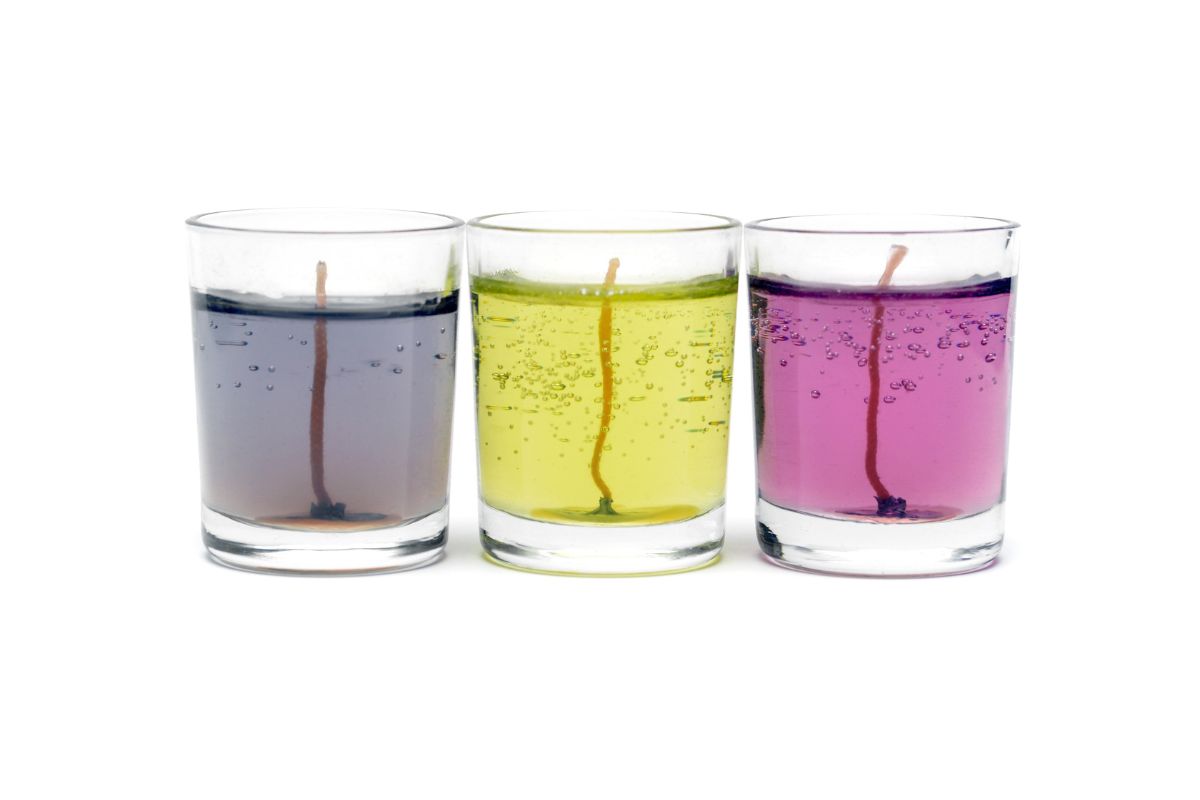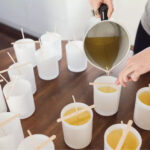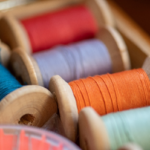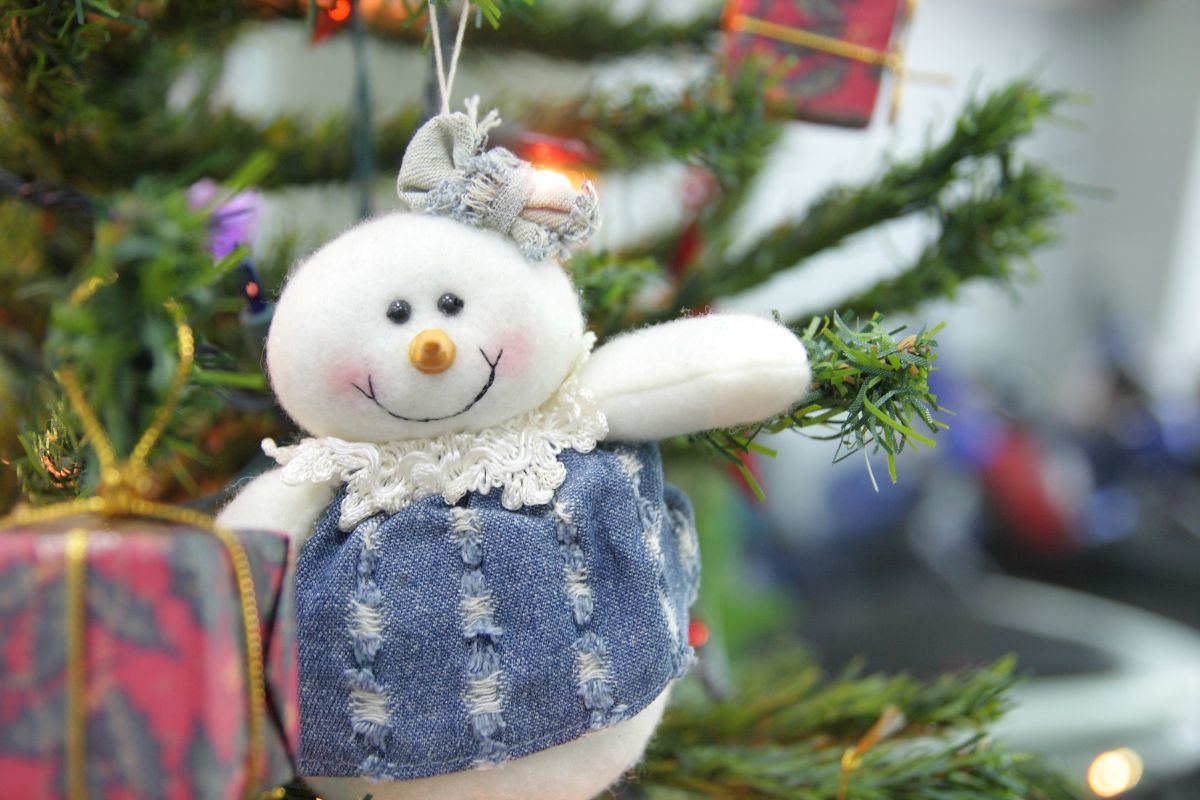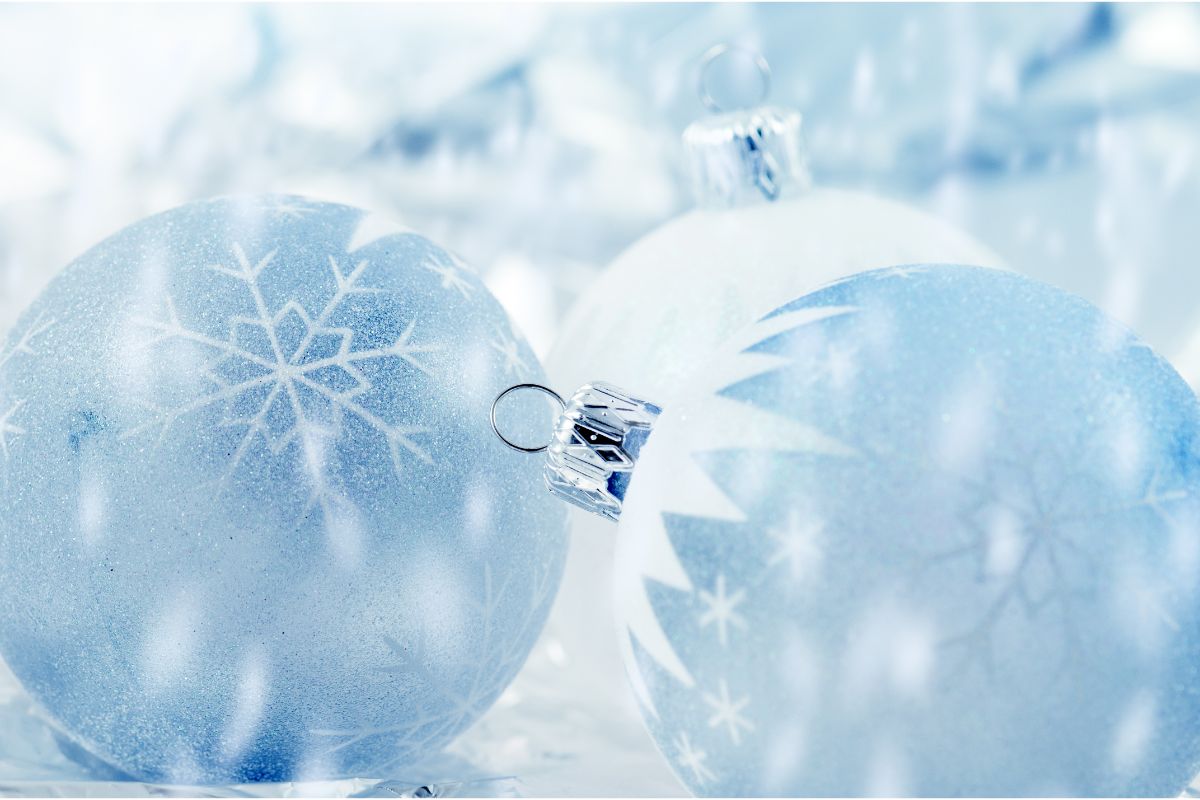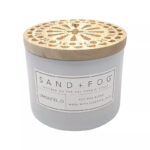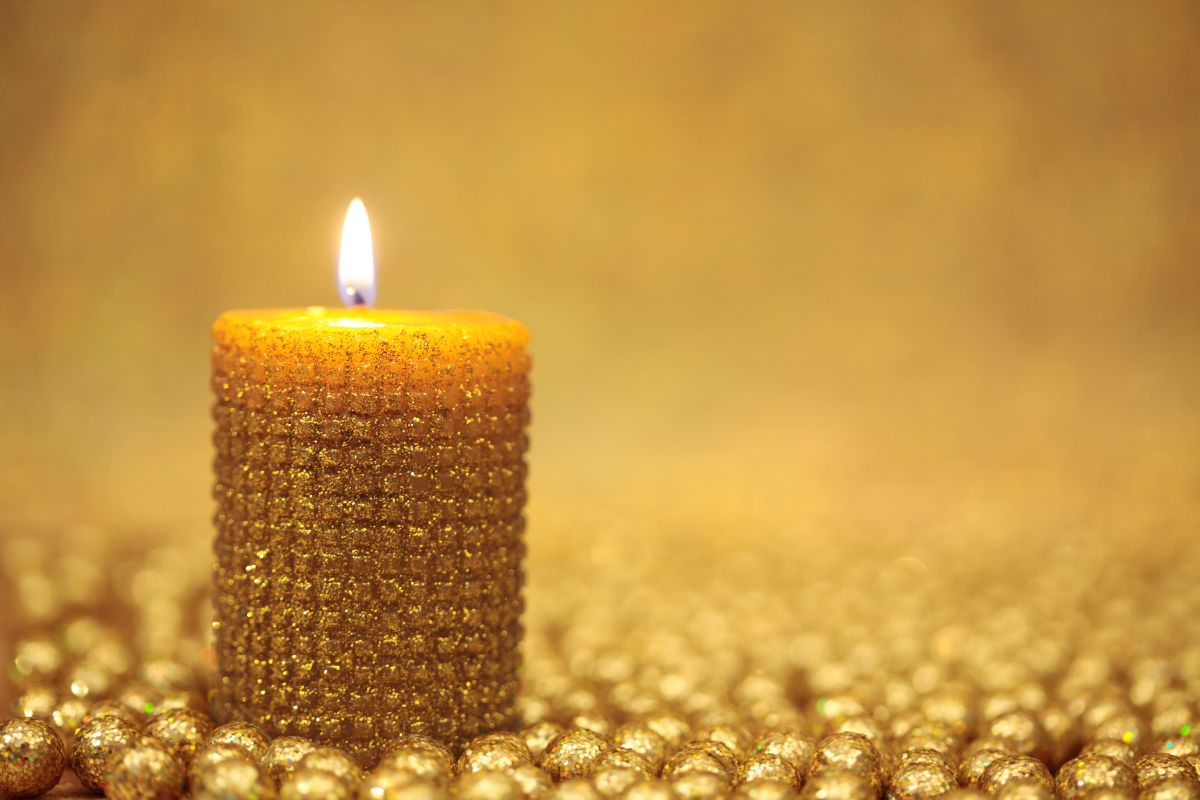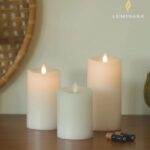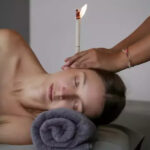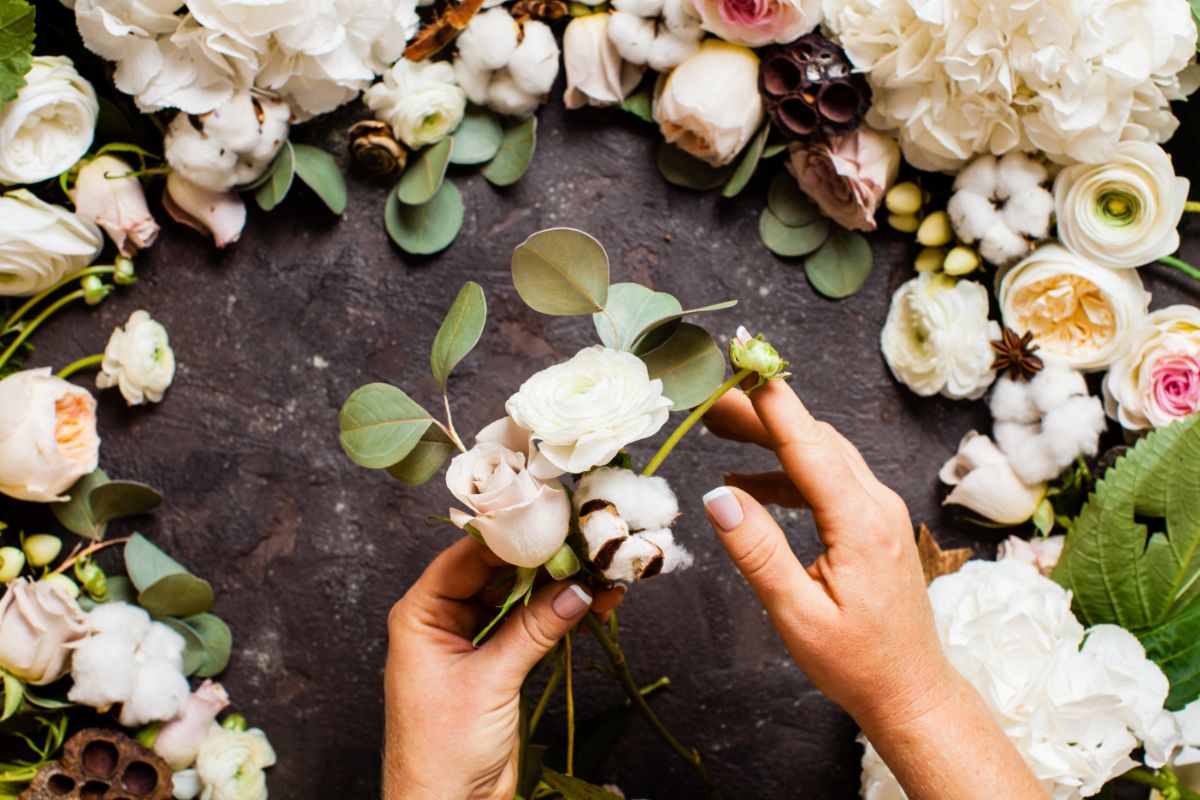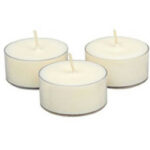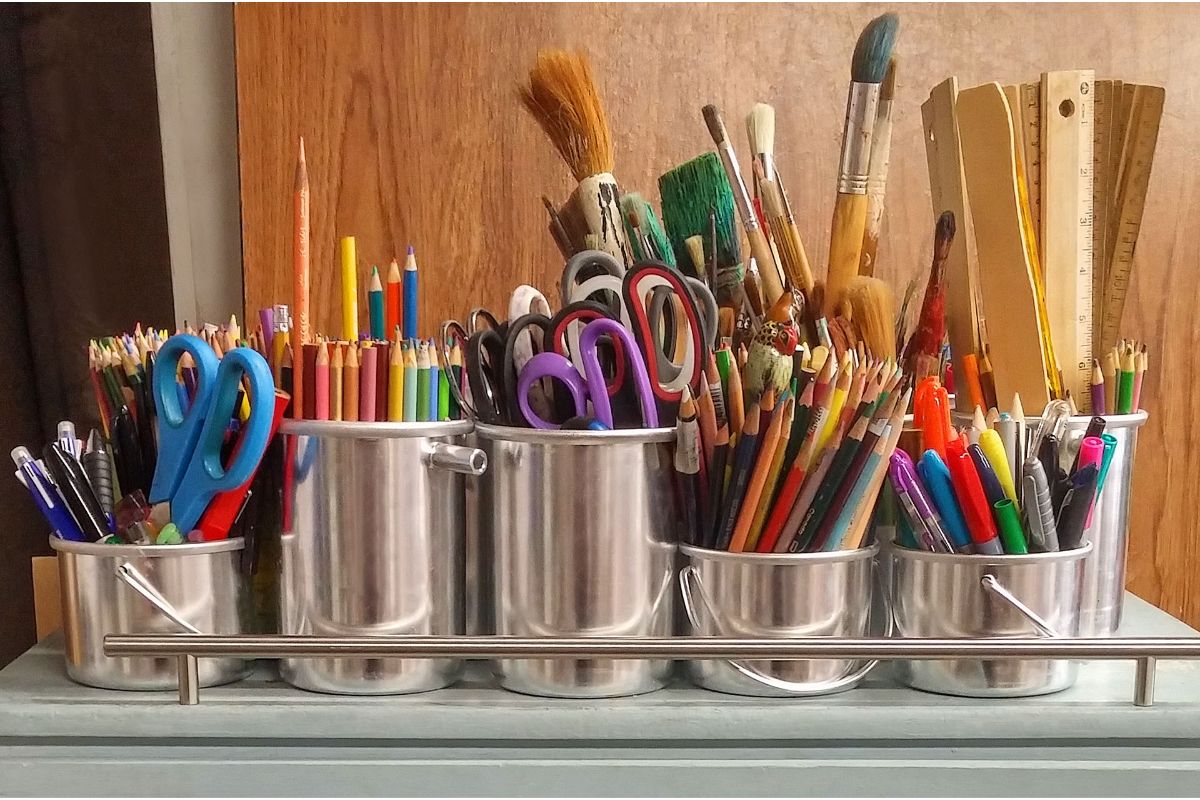
Candles have been a symbol of warmth, tranquility, and ambiance for centuries. The soft flicker of a candle's flame can instantly transform any space into a cozy haven. Making candles at home allows you to customize scents, colors, and designs according to your preferences. In this guide, we will delve into the fascinating world of candle making, exploring various techniques, materials, and creative ideas to craft your own exquisite scented candles.
1. The Art of Candle Making
Candle making is a creative and fulfilling craft that allows you to blend science and art. By understanding the process, you can create beautiful candles that not only light up your surroundings but also soothe your senses.
2. Gathering Your Materials
Before you begin, gather all the necessary materials: candle wax, fragrance oils, essential oils, wicks, candle containers, melting pot, double boiler, thermometer, and popsicle sticks.
3. Exploring Candle Wax Types
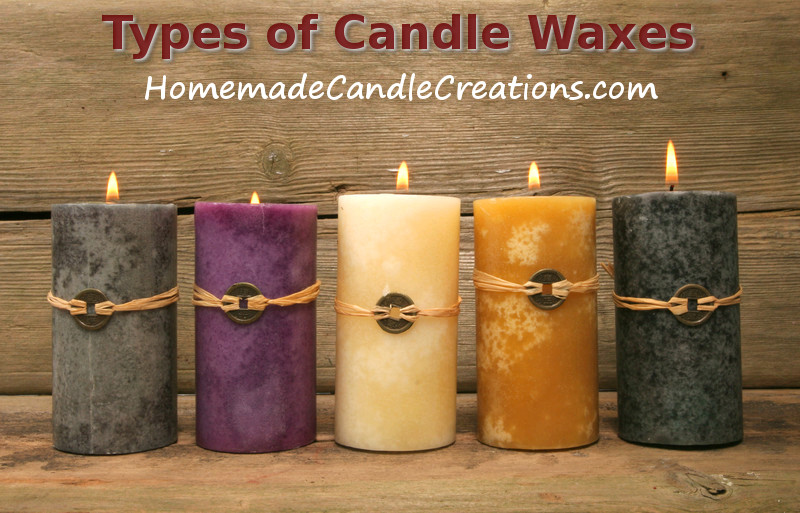
Candle wax is the foundation of your homemade candles. There are various options available, including soy wax, paraffin wax, and beeswax. Each type has its unique characteristics, but for this guide, we'll focus on the popular choice of soy wax.
4. The Role of Essential Oils
Essential oils play a vital role in candle making. They provide captivating scents that can transform your space into a serene oasis. Experiment with different essential oil blends to find your favorites.
5. Choosing Fragrance Oils
Fragrance oils are synthetic scents that offer a wide array of options, from fresh florals to warm spices. They can be used in combination with essential oils to create captivating aromas.
6. Getting Started with Candle Containers
Candle containers come in various shapes and sizes, from classic glass jars to unique vintage finds. Choose containers that resonate with your home decor and style.
7. Preparing Your Workspace
Create a dedicated workspace for candle making. Cover the surface with wax paper to catch any spills or drips. Gather your materials within easy reach to streamline the process.
8. Measuring and Melting Wax
Calculate how much wax you'll need based on the size of your candle containers. Use a double boiler to melt the soy wax flakes, ensuring a gradual and even melting process.
9. Adding Fragrance to Your Candles
Once the soy wax is melted, it's time to add your chosen essential oils and fragrance oils. Stir gently to distribute the scents evenly throughout the wax.
10. Setting Up the Wicks
Attach the wicks to the bottom of your candle containers using popsicle sticks or wick stands. This ensures that the wicks remain centered as you pour the wax.
11. Pouring the Wax
Carefully pour the scented soy wax into the prepared candle containers. To avoid air bubbles, pour slowly and steadily, allowing the wax to fill the container uniformly.
12. Achieving the Perfect Scented Candles
Experiment with different combinations of essential oils and fragrance oils to find the perfect scent that resonates with your preferences. The right blend can transport you to a state of relaxation.
13. Cooling and Hardening
Allow the candles to cool and harden naturally. This process may take a few hours, so exercise patience. Avoid disturbing the candles during this time.
14. Adding a Second Pour
After the initial pour, you might notice a slight depression near the wick. To achieve a smooth surface, melt additional soy wax and pour a second layer over the candles.
15. Pressed Flowers for Elegance
Elevate your candle design by adding pressed flowers to the surface of the candles before the wax hardens completely. This adds a touch of elegance and a botanical element to your creations.
16. Dealing with Leftover Wax
Don't let leftover wax go to waste. Collect any remnants and create unique wax melts by melting them down and pouring the melted wax into molds.
17. Creating Layered Candles
Experiment with different colors and scents to create layered candles. Pour one color and scent combination, allow it to harden, and then pour another layer on top.
18. Using Candy Thermometer
A candy thermometer is a valuable tool to ensure your wax reaches the optimal pouring temperature. This helps prevent issues like uneven cooling or potential fire hazards.
19. Wick Trimming for Safety
Trim the wicks to approximately a quarter-inch before lighting your homemade candles. This prevents excessive smoke and ensures a clean, steady burn.
20. Making Scented Soy Wax Melts
Scented soy wax melts are a wonderful alternative to traditional candles. Melt soy wax flakes, add your preferred scents, and pour the mixture into molds to create these aromatic delights.
21. Enhancing Home Decor with Candles
Homemade candles not only provide a soothing ambiance but also serve as exquisite home decor. Place them strategically to create focal points in your living spaces.
22. Personalized Candle Containers
For a more personalized touch, decorate your candle containers with ribbons, labels, or even hand-painted designs. This adds a unique flair to your creations.
23. Mixing and Matching Scents
Explore the world of fragrance by blending different essential oils and fragrance oils. Mix and match scents to create captivating combinations that reflect your mood.
24. Creating DIY Candle Gifts
Homemade candles make thoughtful and personalized gifts for your loved ones. Customize the scents and containers to suit the recipient's preferences.
25. Making Beeswax Candles
While we've focused on soy wax, venture into the realm of beeswax candles. Beeswax offers a natural and honey-scented option for your homemade creations.
26. Craft Store Finds for Candle Making
Visit your local craft store for unique molds, containers, and decorative elements that can elevate your candle-making projects.
27. Overcoming Common Challenges
Air bubbles, uneven surfaces, and wick-related issues are common challenges in candle making. With practice, you'll develop techniques to overcome these hurdles.
28. Safety Precautions
Candle making involves working with hot wax and open flames. Always prioritize safety by using a heat-proof container and working in a well-ventilated area.
29. Storing and Caring for Your Candles
Store your homemade candles in a cool, dry place away from direct sunlight. To prevent dust and debris accumulation, cover them with a piece of wax paper.
30. Embracing the Art of Candle Making
In conclusion, the art of candle making offers a creative outlet for crafting your own scented masterpieces. With essential oils, fragrance oils, and a touch of imagination, you can create candles that not only illuminate your space but also infuse it with captivating scents. Explore different techniques, experiment with various scents, and let your creativity shine as you embark on this delightful journey of making your very own homemade candles.
31. Mixing Colors for Aesthetic Appeal
Experiment with color combinations to create visually stunning candles. By adding candle dye or crayon shavings to your melted wax, you can achieve a wide range of hues. Mix and match colors to match your home decor or create a vibrant display.
32. Using Fragrance Oils Wisely
When using fragrance oils, a little goes a long way. Start with a small amount and gradually increase until you achieve your desired scent strength. Remember that some fragrances may intensify as the candle cures.
33. Adding Decorative Elements
Enhance the beauty of your homemade candles by incorporating decorative elements. Embed dried flowers, herbs, or even glitter into the wax before it hardens for a unique and eye-catching effect.
34. Layering Scents for Complexity
Craft complex aromas by layering different scents within a single candle. Pour different layers of scented wax, allowing each layer to cool before adding the next. The result is a multi-dimensional fragrance experience.
35. Making Scented Wax Ornaments
Extend your creativity by making scented wax ornaments. Use cookie cutters to shape melted scented wax into festive designs. Hang these charming ornaments around your home for a delightful scent.
36. Customizing Candle Wick Length
The length of your candle wick affects how your candle burns. Longer wicks result in larger flames, while shorter wicks lead to a slower burn. Adjust the wick length to suit the size of your candle container.
37. Incorporating Wooden Wicks
For a unique twist, consider using wooden wicks instead of traditional cotton wicks. Wooden wicks create a cozy crackling sound reminiscent of a fireplace, adding an extra layer of ambiance to your candles.
38. Experimenting with Container Shapes
Explore different container shapes to add variety to your candle collection. From classic mason jars to elegant glass tumblers, the container you choose can greatly influence the overall aesthetic.
39. Candle Wick Centering Techniques
To keep your candle wick centered as the wax hardens, try using a simple technique. Attach the wick to a popsicle stick and place it across the mouth of the container, ensuring the wick remains upright.
40. Creating Candle Gift Sets
Assemble sets of complementary candles to create delightful gift packages. Combine different scents or colors that harmonize well together, providing recipients with a range of options.
41. Adding Scented Wax Layers
Craft scented wax melts in layers for a dynamic visual effect. Pour one scented layer, allow it to cool, and then pour another layer on top. These layered wax melts release captivating fragrances as they melt.
42. Designing Candle Labels
Give your homemade candles a professional touch by designing custom labels. Include information about the scent, burn time, and care instructions for a polished and informative finish.
43. Creating Marbleized Candles
Achieve a marbleized effect by swirling different colored melted waxes together before pouring them into the container. This technique creates a beautiful and unique pattern on the surface of the candle.
44. Utilizing Leftover Candle Wax
Reuse leftover candle wax creatively. Melt down smaller remnants to create vibrant and multi-colored candles, or blend them to create your own custom fragrance combinations.
45. Making Floating Candles
Explore the enchanting world of floating candles. Use small heat-proof containers filled with water and place a floating candle on top. Add a few drops of essential oil for a fragrant water feature.
46. Incorporating Dried Herbs and Spices
Infuse your candles with natural scents by adding dried herbs and spices to the melted wax. Lavender buds, cinnamon sticks, and citrus peels are excellent choices for both fragrance and aesthetics.
47. Trying Palm Wax Creations
Expand your candle-making horizons by experimenting with palm wax. This unique wax type creates beautiful crystalline patterns as it cools, adding an artistic element to your candles.
48. Mastering Candle Safety
Safety should always be a top priority. Keep a fire extinguisher nearby, never leave burning candles unattended, and ensure they are placed on a heat-resistant surface away from flammable materials.
49. Dyeing Candle Wax Naturally
Explore natural alternatives for coloring your candles by using ingredients like beet juice, turmeric, or spirulina powder. This eco-friendly approach adds a touch of sustainability to your creations.
50. Scented Candle Varieties
Branch out from traditional jar candles and experiment with different shapes and sizes. Try creating taper candles, tea lights, votive candles, or even decorative figurine candles.
Conclusion
The art of candle making offers an enchanting blend of creativity and craftsmanship. By mastering the techniques outlined in this comprehensive guide, you can embark on a fulfilling journey to craft your own array of exquisite homemade candles. The process, while requiring careful attention to detail, is a rewarding endeavor that yields not only beautifully designed candles but also a sense of accomplishment and relaxation.
As you experiment with various candle wax types, scents, and container designs, you'll discover a world of possibilities to create candles that reflect your unique style and preferences. Whether you're drawn to the soothing aroma of essential oils or the captivating allure of fragrance oils, each candle you make becomes a canvas for self-expression.
From elegantly layered candles to charming wax ornaments, the creative potential knows no bounds. As you immerse yourself in the art of candle making, you'll find solace in the delicate balance of science and art, and the transformative power of a flickering flame. So, gather your materials, let your imagination flow, and embark on a journey that not only brightens your surroundings but also ignites your passion for creating candles that bring warmth, comfort, and joy to every corner of your life.
- Cricut Hat Press: A Comprehensive Guide on Usage - August 13, 2023
- Unlocking Creativity with the Cricut Joy: A Comprehensive Guide - August 12, 2023
- The Ultimate Guide to the Cricut Maker Bundle - August 11, 2023

